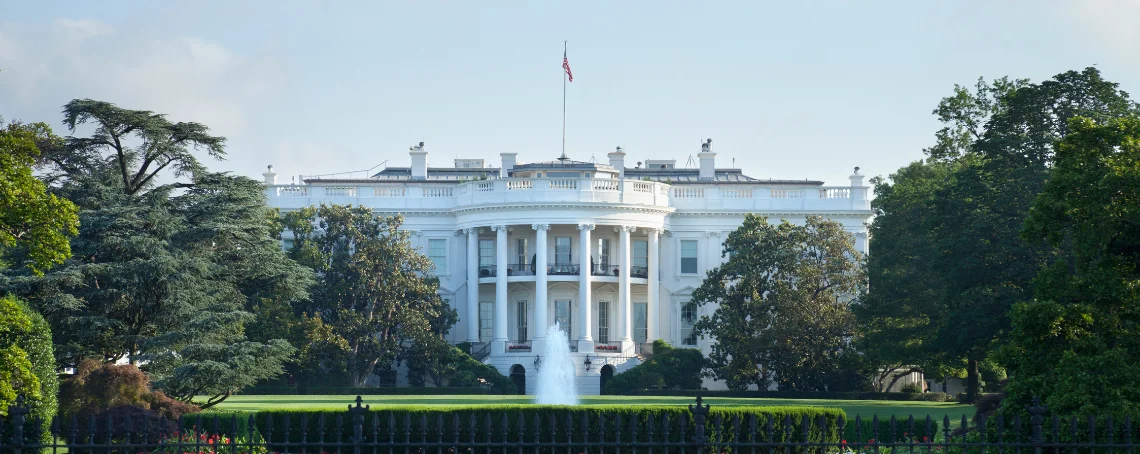Two major college rankings have recently been published—the Princeton Review’s “Colleges Where Students Study the Most” and the Wall Street Journal’s 2025 Best Colleges list. Each ranking provides insights into different aspects of academic life, offering valuable information for prospective students. Below, we’ll break down both rankings, including the methodology used and key highlights.
Colleges Where Students Study the Most – Princeton Review
The Princeton Review’s ranking focuses specifically on how much time students spend studying. This list identifies schools where students report investing significant hours in their coursework. It provides a snapshot of institutions that foster a culture of academic rigor and intellectual dedication.
Here are the top ten schools where students reportedly study the most:
- Franklin W. Olin College of Engineering (Needham, MA)
- Lehigh University (Bethlehem, PA)
- Massachusetts Institute of Technology (MIT) (Cambridge, MA)
- California Institute of Technology (Caltech) (Pasadena, CA)
- College of the Atlantic (Bar Harbor, ME)
- Rose-Hulman Institute of Technology (Terre Haute, IN)
- Gettysburg College (Gettysburg, PA)
- Williams College (Williamstown, MA)
- Reed College (Portland, OR)
- Grinnell College (Grinnell, IA)
These rankings are based on survey responses from students at colleges across the U.S., who report how many hours they spend studying each day. Schools on this list are recognized for their strong academic environments, where students consistently prioritize their studies.
The Wall Street Journal’s Best Colleges 2025
The Wall Street Journal’s Best Colleges ranking takes a broader approach, evaluating schools based on multiple factors to assess both academic quality and student success. The article used a mix of data-driven factors, emphasizing student outcomes, learning environments, diversity, and financial return on investment (ROI). According to the WSJ, the methodology focuses heavily on:
- Student Outcomes: Graduation rates, salaries earned after graduation, and student debt levels.
- Learning Environment: Measures of student engagement, teaching quality, and class sizes.
- Diversity: Representation of different socioeconomic, racial, and ethnic groups.
- Financial Value: The cost of attending the college relative to future earnings.
This approach aims to provide a holistic view of which schools offer the best overall experiences and outcomes for students. Based on these metrics, here are the top 10 schools for 2025:
- Princeton University
- Babson College
- Stanford University
- Yale University
- Claremont McKenna College
- Massachusetts Institute of Technology
- Harvard University
- University of California Berkeley
- Georgia Institute of Technology (Main Campus)
- Davidson College
Key Differences Between the Rankings
The Princeton Review’s rankings focus solely on academic rigor, identifying schools where students report devoting the most time to their studies. It highlights schools with intense academic programs, often emphasizing engineering, technology, and liberal arts. In contrast, the Wall Street Journal takes a broader look, considering factors beyond academics, such as diversity, student satisfaction, and career prospects.
For example, Princeton University, which ranks first on the Wall Street Journal list, is recognized for both its academic excellence and strong student outcomes. Meanwhile, Babson College is notable for its focus on entrepreneurship, leading it to second place due to strong ROI and student success post-graduation. MIT makes an appearance on both rankings, demonstrating a balance of academic rigor and high student outcomes.
What Does This Mean for Prospective Students?
Both rankings offer valuable information, depending on what you’re looking for in a college. If you’re interested in schools where students report the highest levels of academic commitment, the Princeton Review‘s ranking is a useful guide. However, if you’re seeking an institution with a strong balance between academics, career opportunities, and overall student experience, the Wall Street Journal’s list provides a more comprehensive picture.
Ultimately, these rankings are tools to help prospective students evaluate colleges, but they should be considered alongside personal preferences, academic goals, and financial factors when making a decision about where to apply


